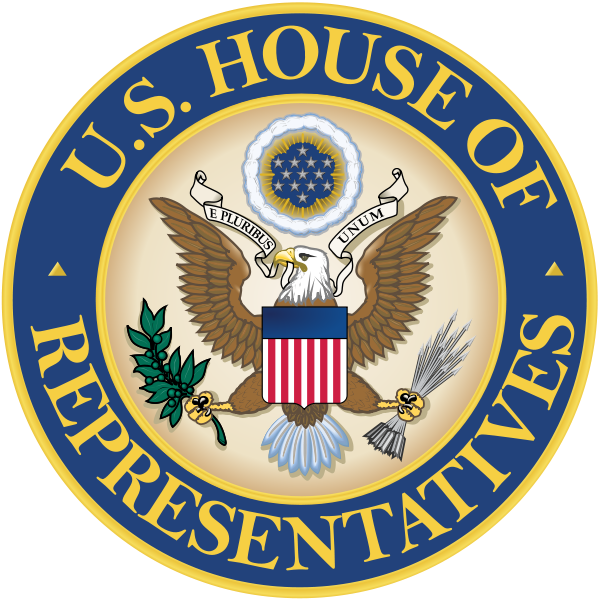Press Release
CONGRESSMAN HENRY CUELLAR CONGRATULATES B. L. GRAY JUNIOR HIGH SCHOOL, RECIPIENT OF BLUE RIBBON AWARDJunior High School chosen to receive national award from U.S. Department of Education
Washington,
September 14, 2011
|
Jose Borjon or Daniella Martinez
(202-225-1640)
Today, Congressman Henry Cuellar (TX-28) announced that B. L. Gray Junior High School in Mission, Texas, will receive the 2011 National Blue Ribbon award from the U.S. Department of Education.
Today, Congressman Henry Cuellar (TX-28) announced that B. L. Gray Junior High School in Mission, Texas, will receive the 2011 National Blue Ribbon award from the U.S. Department of Education.
B. L. Gary Junior High School is one of 300 schools’ in the country to receive the award. A teacher and principal from the school will be invited to attend an official ceremony with Secretary of Education Arne Duncan from Nov. 14-15 in Washington, D.C. “Schools like the B. L. Gray Junior High School are providing an exemplary education to our students in the Rio Grande Valley,” Congressman Cuellar said. “I have seen first-hand the importance of earning and education—it opens many doors to the future. Today’s announcement of B. L. Gray Junior High School being a top school in the country is a clear reminder that we can achieve academic success if we are committed and determined to do so. I am proud of their achievements and look forward to their visit in November to Washington to receive the award from Secretary Duncan.” The Blue Ribbon Schools Program honors public and private elementary, middle and high schools whose students achieve or have made progress and helped close gaps in achievement, especially among disadvantaged and minority students. The program is part of an effort from the Department of Education to identify and disseminate knowledge about best school leadership and teaching practices. The Blue Ribbon Schools Program honors schools based on one of two criteria: 1. Schools whose students, regardless of backgrounds, are high performing. These are schools ranked among the state's highest performing schools as measured by their performance on state assessments or in the case of private schools, that score at the highest performance level on tests referenced by national norms in at least the most recent year tested; and 2. Schools with at least 40 percent of their students from disadvantaged backgrounds that improve student performance to high levels as measured by the school's performance on state assessments or nationally-normed tests. |

